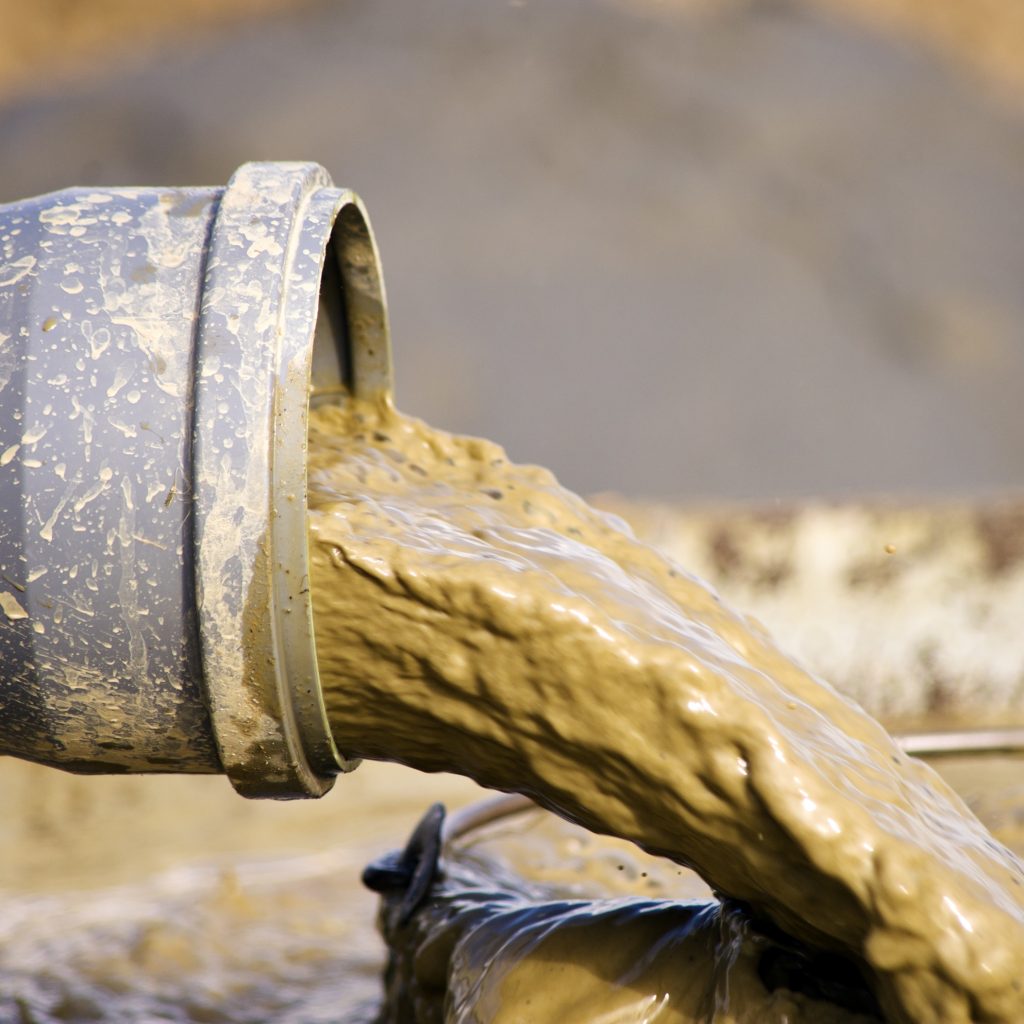Bulky waste collection is an essential service for maintaining clean and sustainable communities. Whether you’re moving house, renovating, or simply decluttering, disposing of large items responsibly can be a challenge. This guide will walk you through everything you need to know about bulky waste collection, from what qualifies as bulky waste to how to schedule a pickup in your area.Bulky waste typically includes items that are too large for regular trash bins, such as:
- Furniture (sofas, tables, mattresses)
- Appliances (refrigerators, washing machines)
- Electronics (TVs, computers)
- Garden waste (tree branches, lawn mowers)
- Construction debris (doors, windows)
Proper disposal of these items is crucial because many contain materials that can harm the environment if not handled correctly. For example, old refrigerators may contain refrigerants that contribute to ozone depletion, while electronics often have heavy metals that can leach into soil and water.Most municipalities offer bulky waste collection services, though the specifics vary by location. Here’s a typical process for scheduling a pickup:
- Check your local government website for bulky waste collection guidelines
- Determine if there are any restrictions on what they’ll accept
- Find out how many items you can put out per collection
- Schedule your pickup (some areas have designated days, others require appointments)
- Prepare your items properly (some require disassembly or special placement)
Many communities have specific rules about how to prepare bulky items for collection. For example, some require you to:
- Remove doors from refrigerators
- Wrap broken glass or sharp objects
- Separate different types of materials
- Place items at the curb in a particular configuration
If your community doesn’t offer bulky waste collection, or if you have items they won’t accept, consider these alternatives:
- Donate usable items to charities or thrift stores
- Sell items through online marketplaces or garage sales
- Take items to a local recycling center or landfill
- Hire a private junk removal service
- Look for special collection events (like hazardous waste days)
Some items require special handling due to environmental regulations. These often include:
- Air conditioners and refrigerators (due to refrigerants)
- Televisions and monitors (contain lead and other toxins)
- Batteries (all types)
- Paints and chemicals
- Tires
Many communities have separate programs for these hazardous materials. It’s important to dispose of them properly to avoid fines and protect the environment. Some retailers also offer take-back programs for certain items like electronics and batteries.The cost of bulky waste collection varies widely. Some municipalities include it in your regular trash service, while others charge per item or per pickup. Private haulers typically charge by volume or by the truckload. Always get quotes from multiple providers if you’re using a private service.To make bulky waste collection more efficient and environmentally friendly, consider these tips:
- Combine items with neighbors to share costs or meet minimum requirements
- Time your disposal with community cleanup events for free or reduced-cost options
- Break down items as much as possible to save space
- Separate materials for easier recycling
- Plan ahead to avoid rush fees or missing collection dates
Proper bulky waste disposal has significant environmental benefits. When items are collected through official channels, they’re more likely to be:
- Recycled (metals, plastics, glass)
- Properly processed (hazardous materials)
- Kept out of illegal dumping sites
- Diverted from overburdened landfills
Many people don’t realize that some bulky items can actually be repaired or repurposed. Before disposing of something, consider:
- Checking if it’s under warranty
- Looking for repair tutorials online
- Finding creative reuse ideas (like turning an old dresser into a garden planter)
- Offering it to artists or makers who might want the materials
If you’re dealing with particularly large quantities of bulky waste (like from a major renovation), you might need to rent a dumpster. These come in various sizes and can be more cost-effective than multiple collection appointments. Just be sure to check what materials are allowed in the dumpster.Remember that improper disposal of bulky waste can lead to:
- Fines from your local government
- Damage to the environment
- Safety hazards for sanitation workers
- Increased costs for waste management that ultimately affect taxpayers
By following proper bulky waste collection procedures, you’re contributing to a cleaner, safer community while complying with local regulations. Always check with your municipal waste authority for the most current guidelines in your area, as policies and programs frequently change.

